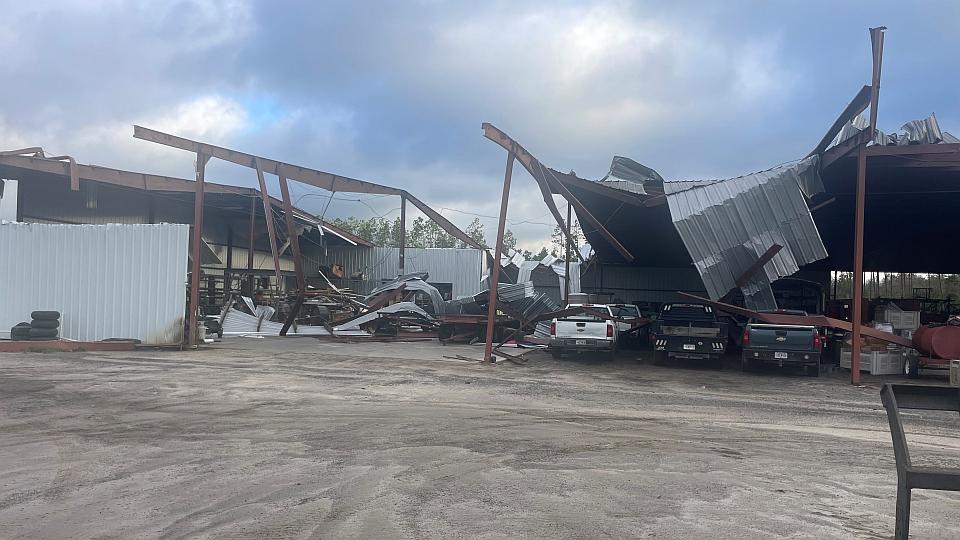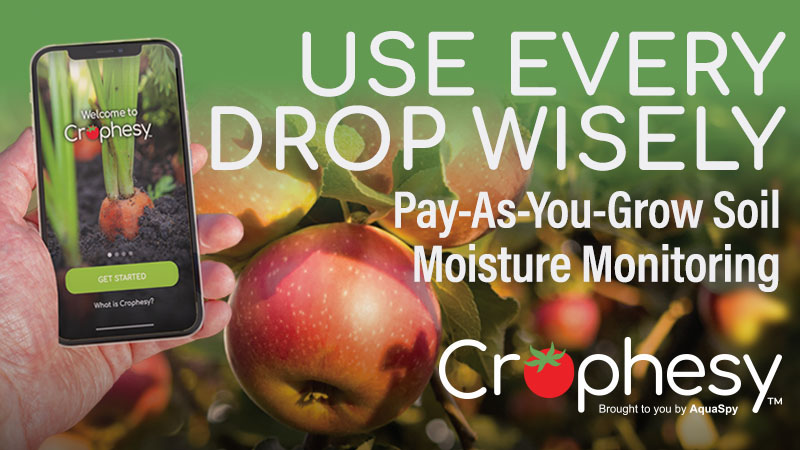Important Available Resources for Farmers in Need After Hurricane Helene

Hurricane Helene recovery efforts are underway for farmers. Scenes like this are all too common for those in the path of the major storm.
Photo courtesy of Georgia Fruit and Vegetable Association
Even though Hurricane Helene hit a week ago, its effects are still being felt. And they will be for some time to come. Farm operations that sustained damage from the major hurricane are working feverishly to get back on track. Part of that healing process involves tapping into the sources available to growers for disaster assistance.
USDA provides the steps to help with recovery. Here are some important factors and sources to speed up the process.
Documenting Loss
Document damages and losses your operation has sustained as best you can, including gathering farm records, receipts and pictures of damages or losses.
Reporting Loss
Once you are able to safely evaluate the impact on your operation, contact your local USDA Farm Service Agency (FSA) county office or your crop insurance agent to report all crop and farm infrastructure damages and losses. For producers who have risk protection through Federal Crop Insurance, the USDA Risk Management Agency has authorized Approved Insurance Providers to provide flexibility on reporting requirements for those who are unable to report losses due the disaster.
Resources and Tools
Learn more about programs available for producers at farmers.gov, including the Disaster Assistance Discovery Tool, Disaster-at-a-Glance fact sheet, and Farm Loan Assistance Tool.
Disaster Recovery Programs
USDA has issued program delivery flexibilities and waivers. The information below describes some of the current program flexibilities and waivers, as of Oct. 3, 2024, available for producers impacted by Hurricane Helene.
Emergency Conservation Program (ECP) and Emergency Forest Restoration Program (EFRP):
- Extended ECP and EFRP signup that begins Oct. 15, 2024, and runs through June 1, 2025, in states affected by Hurricane Helene.
- Waiver of onsite inspection requirement for non-engineering practices for ECP and EFRP.
- Executed Emergency Response (ER-850) authorization of emergency National Environmental Policy Act (NEPA) circumstances to expedite FSA approval of practices involving surface debris removal, fence restoration, and non-ground disturbing activities.
Emergency Assistance for Livestock, Honeybees, and Farm-Raised Fish (ELAP):
- Assistance to help cover above normal costs to transport livestock to feed and/or transport feed/forage to livestock in hurricane-impacted states.
- Assistance to help cover above normal costs to haul water to livestock in hurricane-impacted states.
Tree Assistance Program (TAP):
Extension of TAP assistance to trees/bushes/vines that have not died but are no longer capable of production (not economically viable).
Non-Insured Crop Disaster Assistance Program (NAP):
- Waiver of 72-hour notification requirement on hand harvested crops.
- Extended deadline to file a Notice of Loss with FSA.
- Flexibility for FSA staff to perform loss adjustment activities and/or waive field inspections in cases where the cause of loss can be verified through other means.
Marketing Assistance Loans (MAL):
- Additional time for producers to deliver commodities to a buyer to repay MALs with sale proceeds.
- Postponement of MAL foreclosure letters applicable to losses or damages due to hurricanes for up to 90 calendar days.
Other Options
There might be other disaster recovery avenues for growers in addition to USDA.
Florida growers impacted by Hurricane Helene can apply for interest-free loans through the Agriculture and Aquaculture Producers Natural Disaster Recovery Loan Program. Loans can be used by eligible agriculture and aquaculture producers to restore, repair, or replace essential physical property — including fences, equipment, greenhouses, and other buildings — or to remove vegetative debris.
Similarly, low-interest disaster loans from the U.S. Small Business Administration are available to businesses in Florida, Georgia, and North Carolina following the announcement of a Presidential disaster declaration for Helene. Other nearby states included in the disaster declaration include South Carolina, Tennessee, and Virginia.








